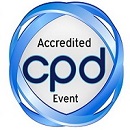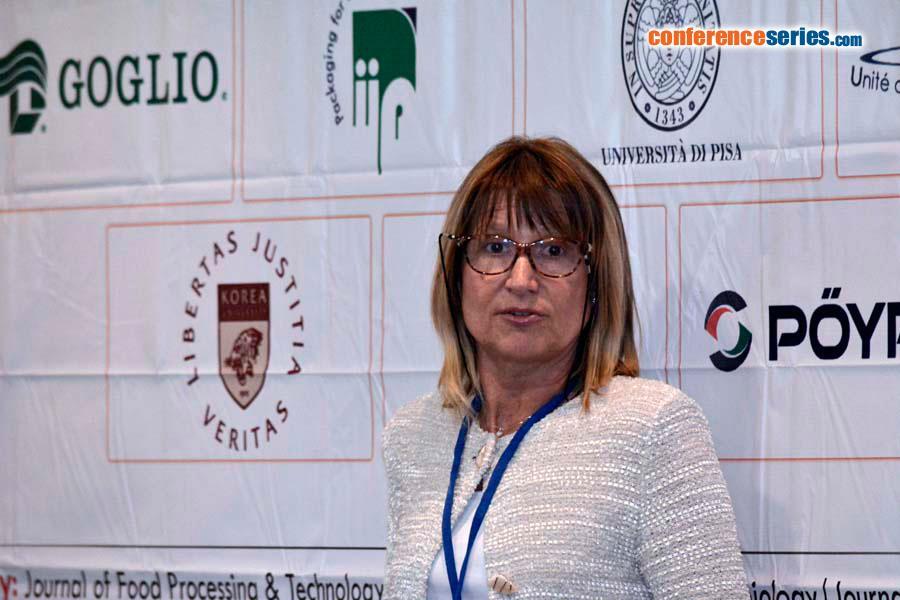
Anna Federica Castoldi
European Food Safety Authority, Italy
Title: Scientific facts for developing a new EFSA guidance for the safety assessment of a substance to be used in food contact materials
Biography
Biography: Anna Federica Castoldi
Abstract
Regulation (EC) No 1935/2004 on materials and articles intended to come into contact with food (FCM) prescribes that EFSA assesses the safety of certain substances prior to their authorisation for use in FCM plastics. The current guidelines for this risk assessment and related data requirements date back to 2001. Scientific developments and the experience gained from the safety evaluation of hundreds of substances provide grounds for a possible update of the FCM guidelines. The key scientific grounds, which are presented in the 2015 EFSA CEF Panel opinion “Recent developments in the risk assessment of chemicals in food and their potential impact on the safety assessment of substances used in food contact materials” http://www.efsa.europa.eu/it/efsajournal/pub/4357, are summarised below. The opinion suggests to revisit the estimation of consumer exposure, now that EU food consumption data are available. The replacement of the current default consumption scenario of 1 kg food per day with four food consumption categories driven by infants and toddlers data, would afford a higher level of protection for consumers, particularly for young children. Genotoxicity testing should be mandatory for regulated substances used in FCM irrespective of their exposure levels. A key proposal is that the expected human exposure, with three thresholds set at 1.5, 30 and 80 µg/kg bw per day, should trigger the requirement of additional toxicity data, with this applying to all migrating substances, including non-intentionally added substances and oligomers. Concerning the identification and evaluation of migrating substances, more focus should be put on the finished materials and articles.




